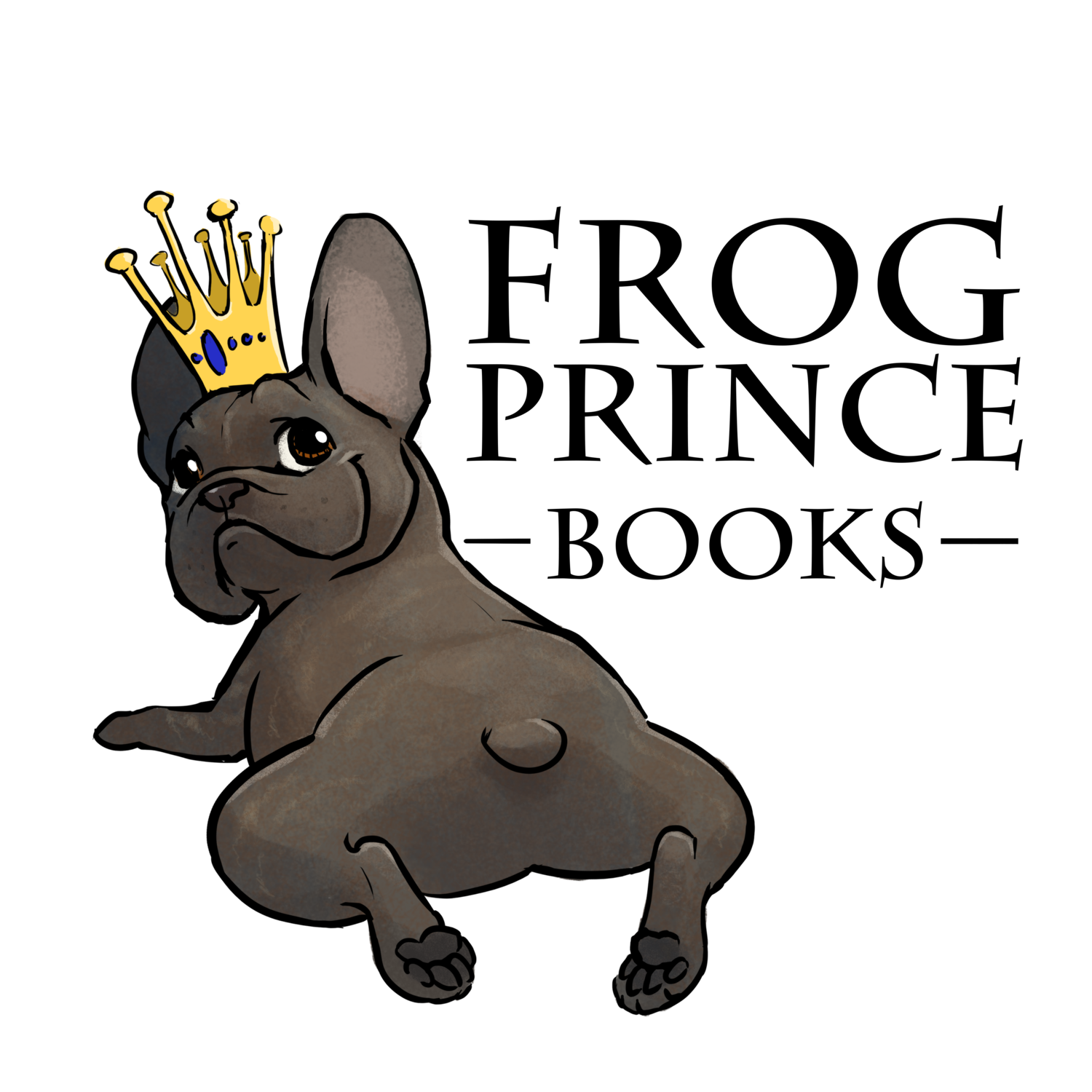One of the most daunting aspects of my quest to make Soren’s children’s book a reality, was navigating the vast sea that is publishing. The options seemed endless, the terminology foreign to me and the differences between the various options was unclear at best, overwhelming at worst.
Once upon a time, authors wrote books, publishers published them, marketed them, distributed them and paid authors a royalty (portion of the profits from sales) for books sold. But in today’s world, that traditional publishing arrangement is only one way to publish a book.
“Vanity Publishing,” as it is called, is at the other end of the spectrum. Basically this is publishing for a fee. You pay, and they will produce your book. They don’t have to like it or think it worthy of publishing or that it will sell. Since you are making the investment, and you assume all the risk, how the book does once it is published is your concern.
Then there are a million options in between. Assisted self-publishing options abound. Some lean more toward vanity publishing, others do review the book, provide input on the quality and likelihood to succeed, and only accept books they feel have a shot at success. You do pay them for services, which can include design of the interior, cover design, editing, illustrations, marketing, etc. Some include distribution, warehousing, a webpage from which you can sell books directly. Often these services are a la carte, though many offer bundles. For example, if you are publishing a children’s book, they may offer a package that includes features and services typically associated with that genre (illustrations, hardcover binding on heavier paper stock, etc.). Some providers allow you to retain full ownership of the book and any royalties, and others take a portion of the royalties.
There are self-publishing options like Amazon’s CreateSpace, that will allow you to upload your file in one of their templates, and publish it for free, or at a very low cost. You get an author’s page on Amazon, can select from various distribution models, and can purchase a la carte services from them as well for editing, cover design, etc. as needed.
I am certainly not an expert on publishing options, nor do I play one on TV. If you are interested in publishing a book (children’s or otherwise), there is a great deal of information out there from experienced sources. What I will do is just share a few of my own observations I made as I sorted through the options for my own book, in case they are helpful.
First observation … Buyer Beware! There are some very reputable providers out there. But there are also many who are ready, willing and able to milk all they can from passionate-but-naïve would-be authors. You can easily end up spending a fortune to produce a book that, unless you are savvy about marketing and have a top quality product, may never come close to recovering your initial investment.
If you want to take a stab at publishing a book yourself without a huge upfront investment, options like CreateSpace (and there are others like Barnes & Noble’s similar offer) aren’t a bad choice. CreateSpace is perhaps not ideal for children’s books because they only offer softcover at this time and the paper quality is not as substantial as some children’s books. But it is quick, doesn’t require much upfront investment, and since it is print on demand (the book is printed only when someone orders it), you don’t have to invest in or store a supply of books to fulfill orders. I thought it was a great option to "get your feet wet" without going into hock to give being an author a shot.
CreateSpace is also a great option if you want to create a book for a limited audience. For example, a friend told me of a book she wrote for her grandkids about their own family. I adore this idea, and CreateSpace is an easy and affordable way to make that happen. What a wonderful gift to give your grandchildren!
If you can’t invest money upfront, don’t want to own the responsibility for marketing and distribution and you have the patience to go through what can be a slow process, traditional publishing can be the best route. What I discovered is that many larger publishers will not accept submissions directly from authors. You need an agent, and getting an agent seems to me to be almost as tricky as getting a publisher. If you like to network, joining writing groups and associations can help create contacts.




